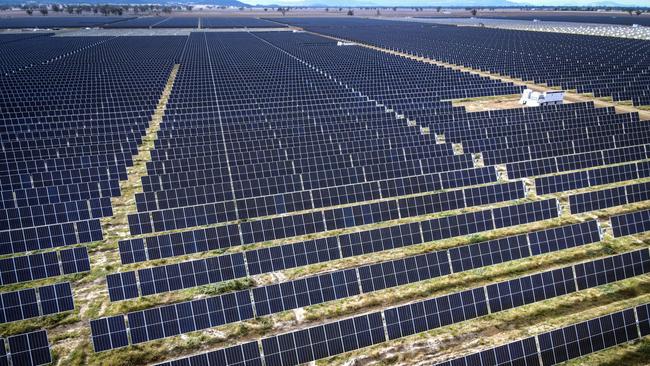
Earlier this week, the ABC provided a brief glimpse of the scale of the problem. The national broadcaster reported on a solar recycling plant in Melbourne that receives dozens of used solar panels every day. These solar panels are made out of plastic, silicon, aluminium, glass and copper, with small amounts of toxic materials such as lead and hexavalent chromium. The challenge, when it comes to recycling, is separating the valuable materials from the hazardous. The process requires acids, which can also be toxic, and heavy machinery, which is energy-intensive. At the moment, those who are attempting to recycle these panels admit it is “cheaper to put them in landfill” than recover what value remains.
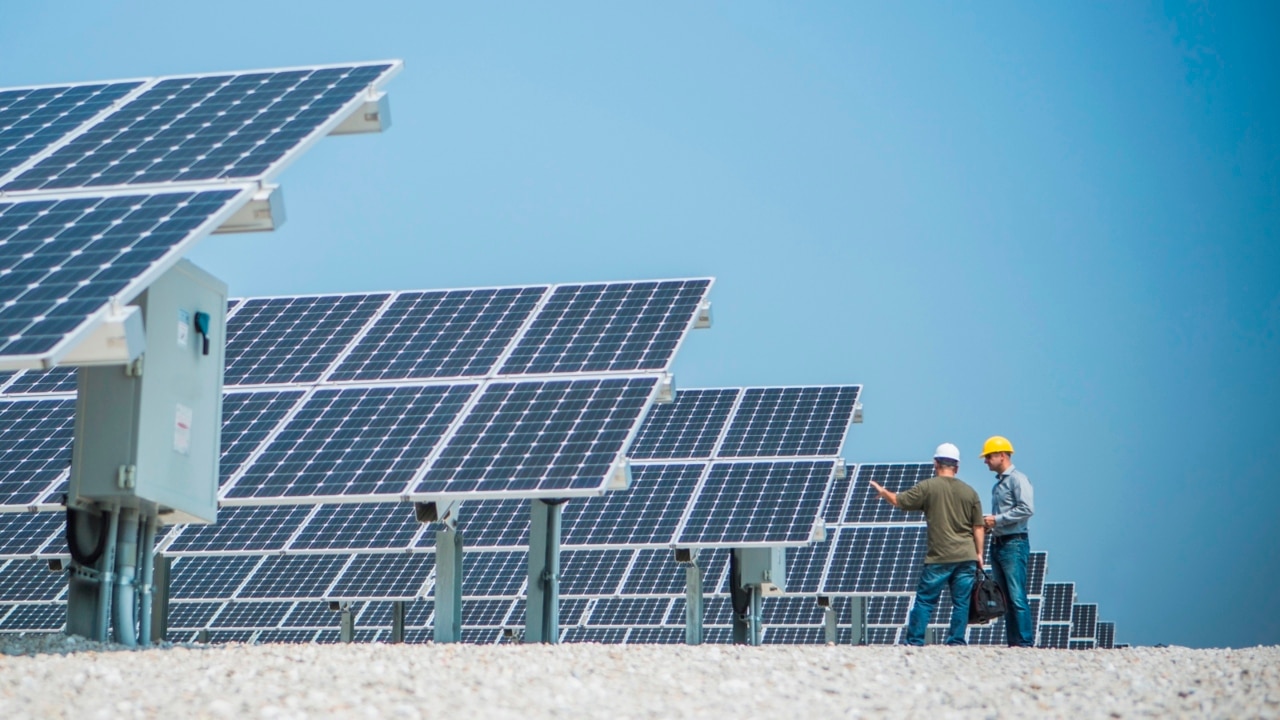
This economic reality is why millions of tonnes of “e-waste” (electronic waste) are shipped from rich countries to poor every year. Several Australian companies ship used solar panels to West Africa for the apparent purpose of “donating” clean energy. (How these panels will then be disposed of when they are no longer needed in Africa remains unclear.) What we do know is that when e-waste lands in a dump in Ghana, children rip apart solar panels and other electrical equipment to extract small traces of precious metals, exposing themselves to toxic levels of lead in the process. To make the batteries to charge the renewable energy future, large amounts of cobalt are required – a material that is disproportionately found in developing countries. In 2016, The Washington Post drew attention to the fact that children in the Congo are digging out cobalt with their bare hands. According to Amnesty International, mining accidents and deaths are common.
The rush to build solar farms has prompted some experts overseas to raise alarm bells about environmental harm. In an article written on Chinese social media, Lu Fang, of the China Renewable Energy Society, has estimated that waste from solar panels in China alone would add up to 20 million tonnes, or 2000 times the weight of the Eiffel Tower, by 2050. Elsewhere in China, the general manager of Nanjing Fangrun Materials – a company that collects old solar panels – has said the solar power industry is a “ticking time bomb” that “will explode with full force in two or three decades and wreck the environment”.
Closer to home, Chris Sayers, a green-recycling expert, recently told the ABC the e-waste produced by solar panels “is going to be stratospheric”. Researchers estimate Australia will accumulate one million tonnes of solar panel waste by 2047, the weight of 19 Sydney Harbour Bridges.
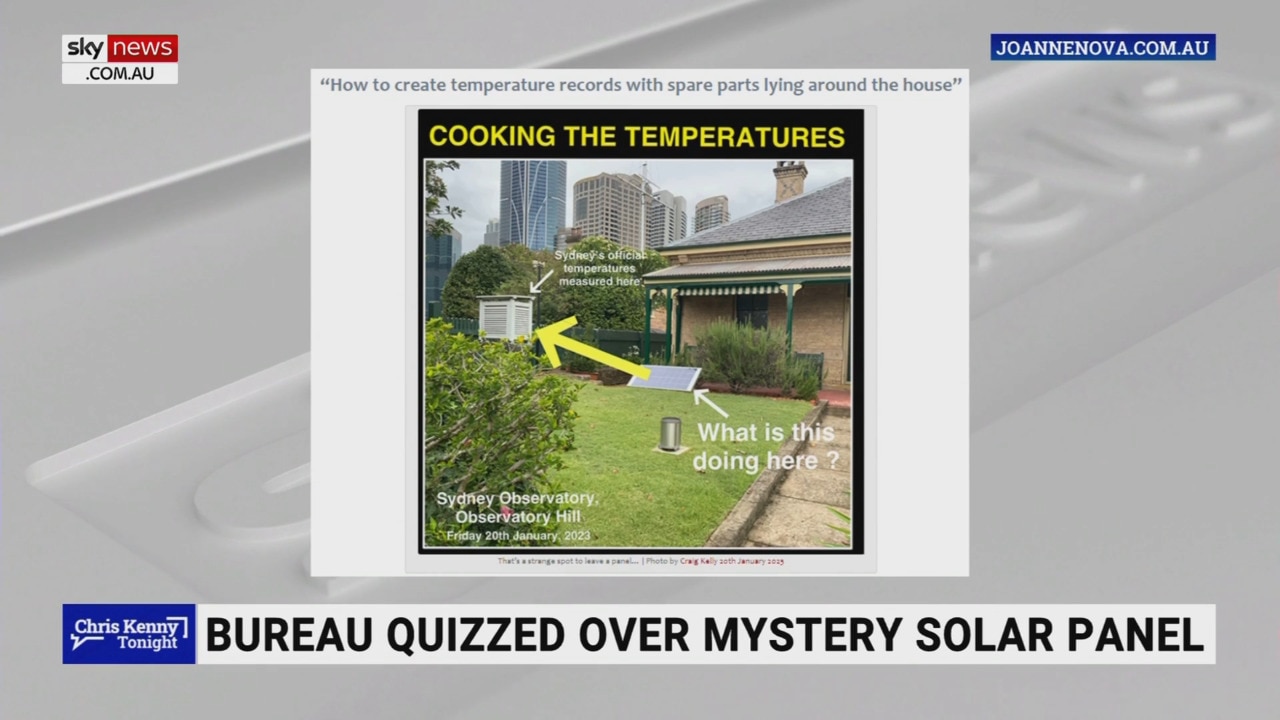
Part of the problem is the fact that many Australians remove their solar panels after only 10 to 12 years. When one panel breaks, consumers tend to replace their entire system, because an array of panels must have uniform electrical properties. People also choose to remove solar panels when they become less efficient, usually after exposure to extreme weather.
Just as Australia is the skin cancer capital of the world – it’s possible that Australia’s hot summers make solar panels age faster than they otherwise would in more temperate climates – adding to our waste problem.
So what are we to do? The need to shift to cleaner sources of energy is agreed upon by both sides of parliament; however, there is disagreement over how fast this shift occurs and with which sources of energy.
Tanya Plibersek has signalled federal regulation of solar panel waste is a national priority, and the NSW government has recently provided three recycling plants with public funding. However, the technology needed to recycle solar panels is still in its infancy, and there are no proven methods that make the process cost-effective at scale. The problem of e-waste will become a thorn in the side of any future government.
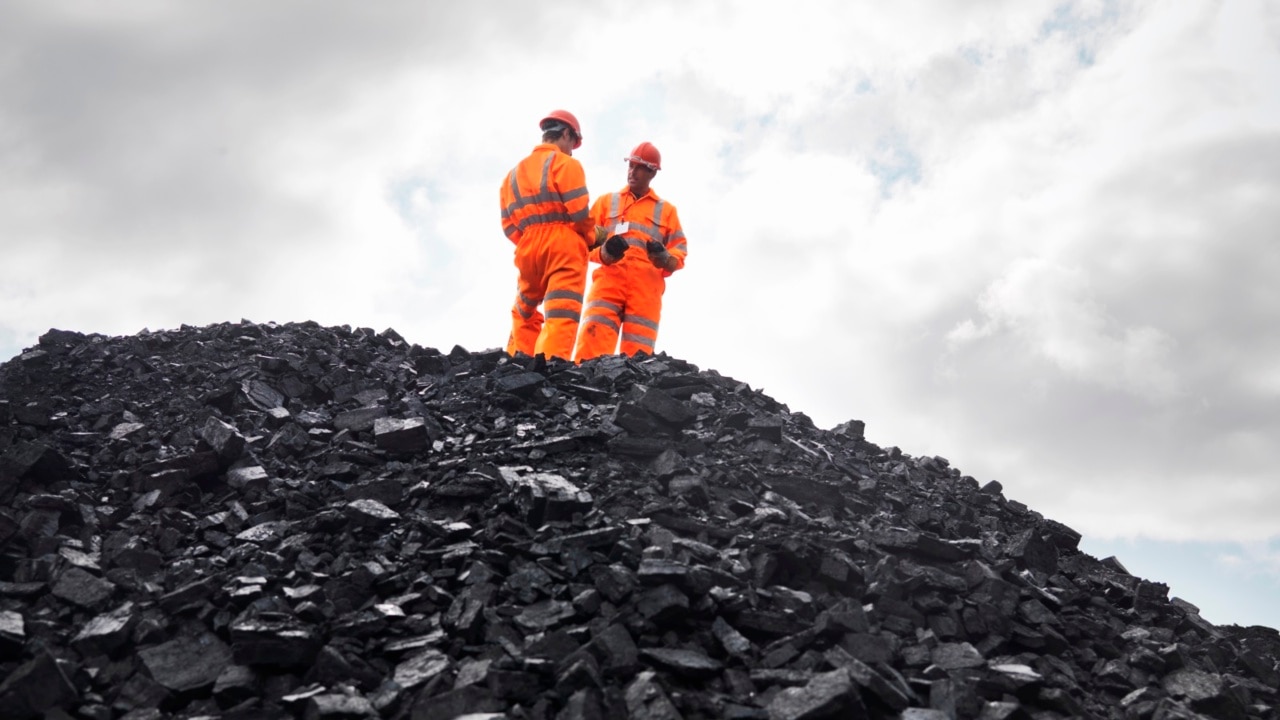
If this all sounds bleak, it is worth remembering there is another clean energy source that is not weather dependent, has no child labour in the supply chain, and does not create millions of tonnes of hazardous e-waste. That energy source is, of course, nuclear power, which the International Energy Agency has estimated will become the cheapest source of dispatchable low-carbon electricity by 2025. And, of course, it is the only clean-energy source Australia has decided is off the table for reasons Bill Gates recently described as “political”. While nuclear reactors have produced 390,000 tonnes of spent fuel since the 1950s, solar panels are estimated to create 78 million tonnes of hazardous waste by 2050, 200 times the amount that nuclear has produced over seven decades.
Only a tiny percentage of used nuclear fuel is actually radioactive, requiring storage in dry casks. According to the US Department of Energy, spent nuclear fuel can be reused, with 90 per cent of its potential energy remaining in the fuel after five years of operation in a reactor. Which is why France sources about 17 per cent of its electricity from recycled nuclear fuel.
The great irony is that in pursuing our green energy future we continue to cut ourselves off from the one clean energy source that is proven to be truly sustainable.
Claire Lehmann is the co-founder of Quillette.




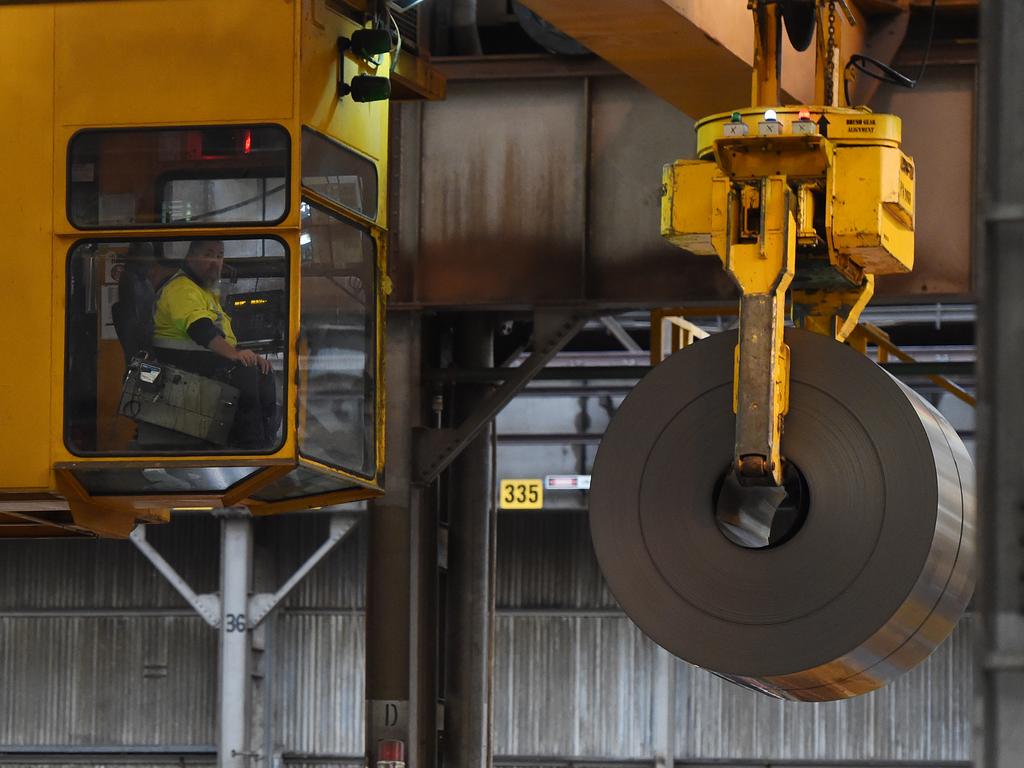



The green energy industry has a dirty secret. It is often unknown to renewable energy advocates, or, if it is known, ignored or rationalised in the fight against climate change. This dirty secret is that many of the materials that go into solar panels and batteries are toxic and are unable to be recycled, and in extracting and disposing of these hazardous materials rich nations are exploiting the global poor.